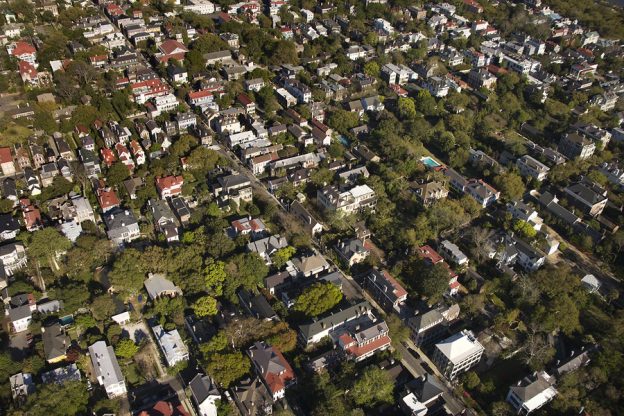It’s been over a year since Congress passed the Tax Cuts and Jobs Act of 2017. Let’s take a look at Opportunity Zones, a new community investment incentive and tool launched by the act.
The goal: encouraging long-term investments in low-income rural and urban communities nationwide.
The Opportunity Zones program offers a tax incentive for investors to re-invest their unrealized capital gains into dedicated Opportunity Funds. It offers some tax breaks parallel to the popular 1031capital gains exchange, but with more restrictions. Do the benefits make it a good trade-off?
Tax Incentives Offered
The Economic Innovation Group (EIG), a bipartisan public policy organization, has useful online resources for investors wanting to learn more. They are not necessarily entirely objective, however, having helped develop this legislation.
Briefly, here three tax incentives offered by the program, as expressed by the EIG:
- A temporary deferral of inclusion in taxable income for capital gains reinvested into an Opportunity Fund. The deferred gain must be recognized on the earlier of the date on which the opportunity zone investment is disposed of or December 31, 2026
- A step-up in basis for capital gains reinvested in an Opportunity Fund. The basis is increased by 10% if the investment in the Opportunity Fund is held by the taxpayer for at least 5 years and by an additional 5% if held for at least 7 years, thereby excluding up to 15% of the original gain from taxation
- A permanent exclusion from taxable income of capital gains from the sale or exchange of an investment in an Opportunity Fund if the investment is held for at least 10 years. This exclusion only applies to gains accrued after an investment in an Opportunity Fund
On their fact sheet, EIG offers a useful side-by-side comparison of investment returns in a standard portfolio versus an Opportunity Fund, based on 5, 7 and 10 year durations.
While the dual potentials of the program—benefiting struggling neighborhoods while offering tax deferral—are attractive, some details of the program are leaving investors wary.
Some Rules Remain Unclear
On Valentine’s Day 2019, the IRS held a 5-hour-long hearing on the Opportunity Zones, at which 150 people were turned away. Clearly, investors are curious, but the end date of 2026 represents a fairly short investment window, and some rules remain unclear.
Forbes’ February 22 headline “Opportunity Zones – Look Great For Everybody Except Investors” is a sobering example of the possible limitations of the program. Author Peter J. Reilly, a self-described “cynical bastard,” advises investors “forget about it. It really doesn’t make much sense at all.” However, he acknowledges potential upsides for developers and property owners.
With nearly 8,700 designated Opportunity Zones in the US, the program is certainly worth exploring. Due diligence is a must, however, for a program this young whose rules are still being solidified.


